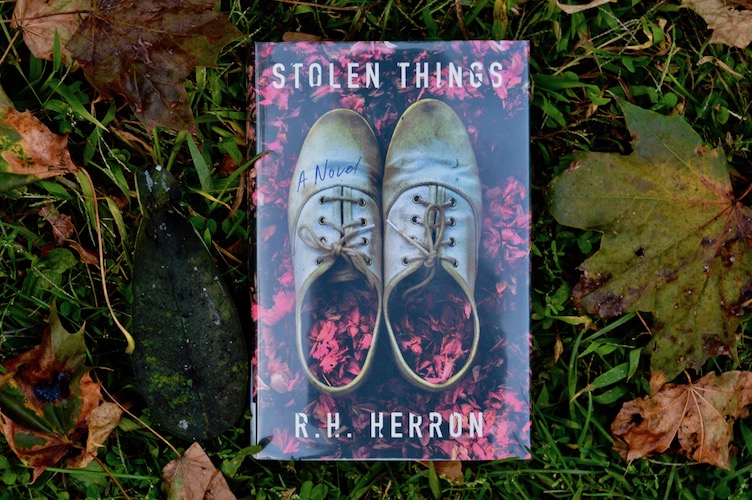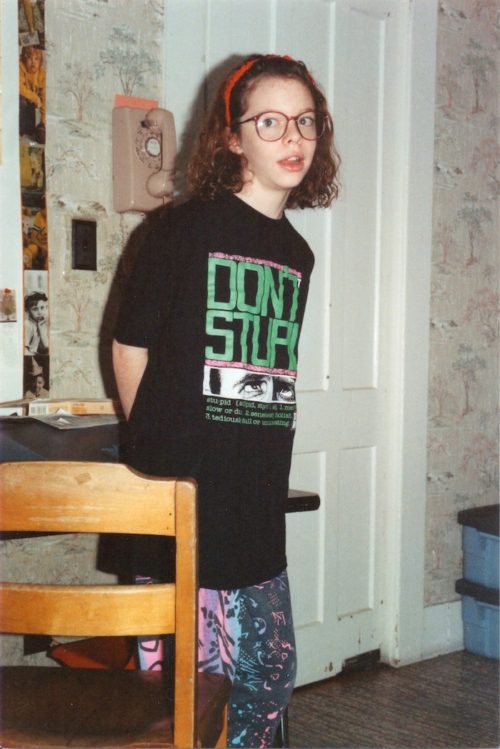I was doing some sewing research on patterns when I came across a blog. The person behind the blog was a sewist and knitter, but also, I discovered, had just released a new book. I usually stay away from suspense novels because they tend not to be great for bedtime reading, which is when much of my pleasure reading happens. They are hard to put down and they mess with your head.
But a maker who writes books? And blogs about knitting, sewing, and writing? I was intrigued. I could tell from the blog that the author was doing some of the same hard, good work I’m doing as I enter the mid part of my life. So I requested R.H. Herron’s Stolen Things from the library.
Good Friday. The two challenging kids who are usually in school were home. I was scheduled for a night shift. I was dreading the anticipated lost sleep that night, and wondering how I was going to get through the next week with all my little kids home, my oldest home, and my two big girls away visiting family friends.
One of my favorite things about nursing is that I’m always learning. On my floor, things sometimes come in groups – one time I’ll go in, and most or all of my patients will have the same type of stroke, the same type of brain tumor, or the same kind of surgery. Another time, the patients will all be radically different and have different needs.
On a recent night shift, I had a complex patient with a type of drainage tube that we rarely see on our floor. In fact, we have lumbar drains (which drain cerebrospinal fluid from a spot in the patient’s lower back) and several different types of drains coming out of patients’ heads all the time, and are quite comfortable with those. Stick a drain in another part of their bodies, though – say, a drain that replaces their bladder, or one leading to a wound vac (which is probably as gross as it sounds, but it serves a purpose), something like that, and sometimes we can get a little twitchy.
“So, depression and anxiety are like two sides of the same coin?” The Chaplain asked.
We were standing in the kitchen one morning. I’d just walked in the door after a night shift. It had been a busy night, partly because I had floated to another floor. I didn’t know where anything was (including my patients’ rooms), and had more patients in my assignment than we have on my own floor. I didn’t have the entry code for the supply room. It was like a field trip where all the doors were locked and there wasn’t a map. I didn’t mind it.
As usual, though, I was exhausted, and hadn’t had time for a real break. Instead, it had been five minutes here, five minutes there. On one of those five minute breaks, I’d come across a research article entitled “Get Excited: Reappraising Pre-Performance Anxiety as Excitement,” by Alison Wood Brooks, published in Journal of Experimental Psychology in 2014. Sometimes journal articles bogs me down, but overall, I’m a fan of reading about research studies. (If you didn’t already know I was a nerd, there you are.)
This is me at 13, just before this whole saga began.
Endocrinology and I first got to know each other when I was 13. When I hit puberty, my thyroid went completely nuts. While I ate loads of food, I remained a featherweight and my period started, then stopped. My eyes started to bug a little, a classic sign of hyperthyroidism, and on a visit to my grandma’s house that summer, she realized something was off and suggested my parents take me to the doctor.
This began a really difficult phase of my life.







